SUMMARY
This is AI generated summarization, which may have errors. For context, always refer to the full article.
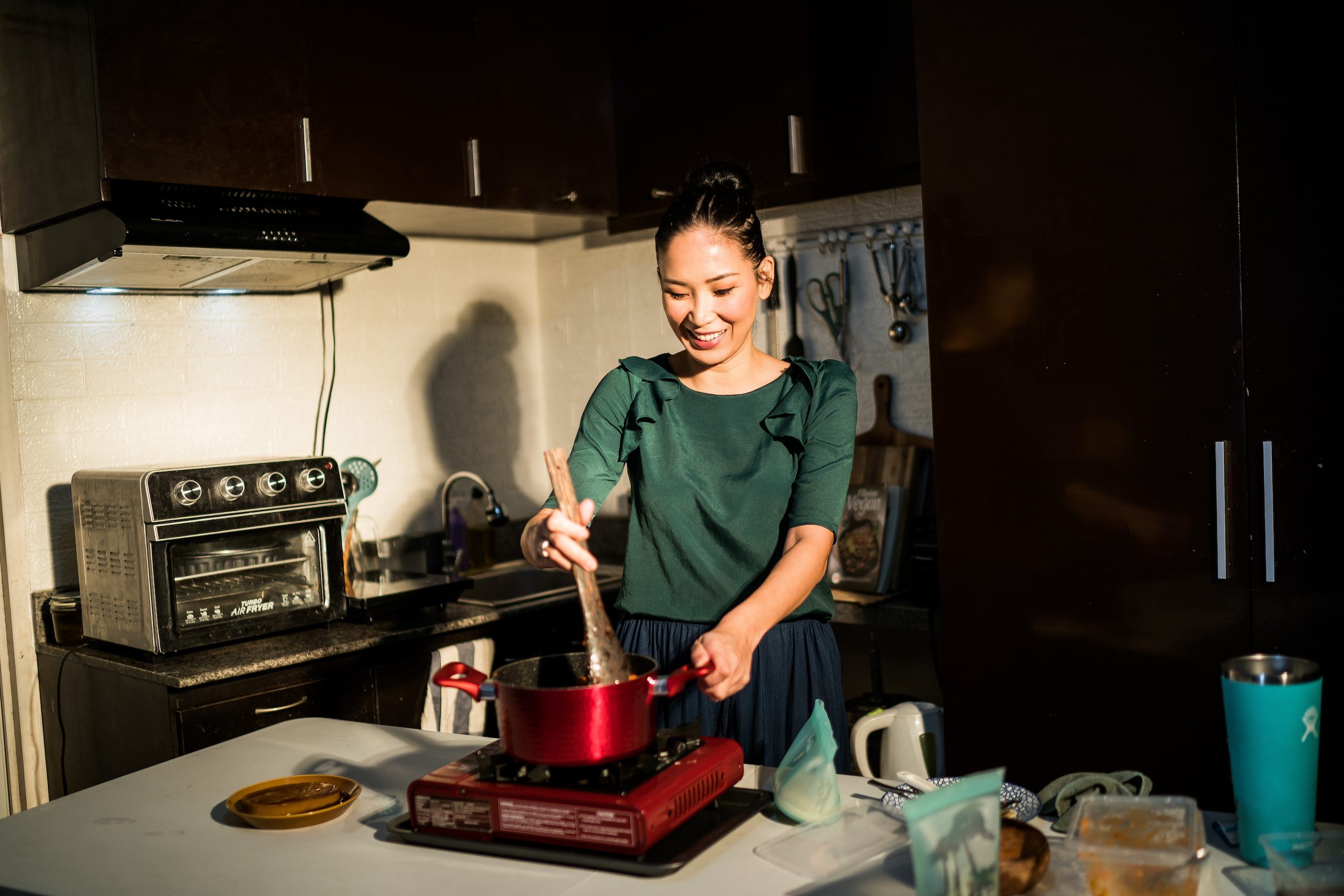
MANILA, Philippines – Bagnet is a savory Filipino treat that hails from the northern region of Ilocos, usually made by boiling and deep frying pork belly until it’s crispy and golden. But at Cosmic, a vegan restaurant in Manila, it’s convincingly rendered using soy and starch to imitate the layers of fat and meat in the original. It’s so savory that even an omnivore might reach for seconds.
The bagnet is just one item on the Cosmic menu, which is full of vegan versions of what would otherwise be meat-centric Filipino favorites: the kare-kare, omits the oxtail and is packed with vegetables instead. The sinigang and customer-favorite sizzling sisig feature tofu rather than fish or pork. And the “beanuguan,” Cosmic’s version of dinuguan, is instead made with black beans rather than pork blood.
“People almost never realize that they’re eating vegan food unless you tell them,” said restaurant co-founder Dhanvan Saulo over lunch at the Kapitolyo location of his chain, which currently boasts two stores in Manila and one on the island of Siargao.

Raised in a Hare Krishna community in the Philippines, Saulo has been eating Filipino food his whole life – without meat ever crossing his lips. His goal with Cosmic is to share with others what he’s always eaten at home. “We’re presenting Filipino food, just veganizing it. We’re preserving how it tastes.”
To many Filipinos, especially in prior generations, that might seem like a contradictory statement. Meat’s centrality in Filipino cuisine is such a well-known trope that the idea of vegan adobo has become a comedy special punchline, and at many Filipino restaurants, even the vegetable side dishes are seasoned with pork, patis, or bagoong.
That reality is ripe for a shift. As awareness of the personal and planetary health impacts of animal agriculture grows, plant-based eating is on the rise in the US, where the largest population of the Filipino diaspora lives. Though data on meat-free diets in the Philippines is sparse, the highly active Facebook group Manila Vegans, which boasts more than 53,000 followers, is evidence of the growing community in the Philippines as well. Other indicators can be found in the increasing prevalence of meat alternatives in supermarkets across the country, and Manila’s yearly VegFest, billed as the biggest vegan festival in Asia.
For those who want to embrace a plant-based lifestyle without giving up on their favorite comfort foods, learning to create Filipino dishes that taste just as good without the meat is a must.
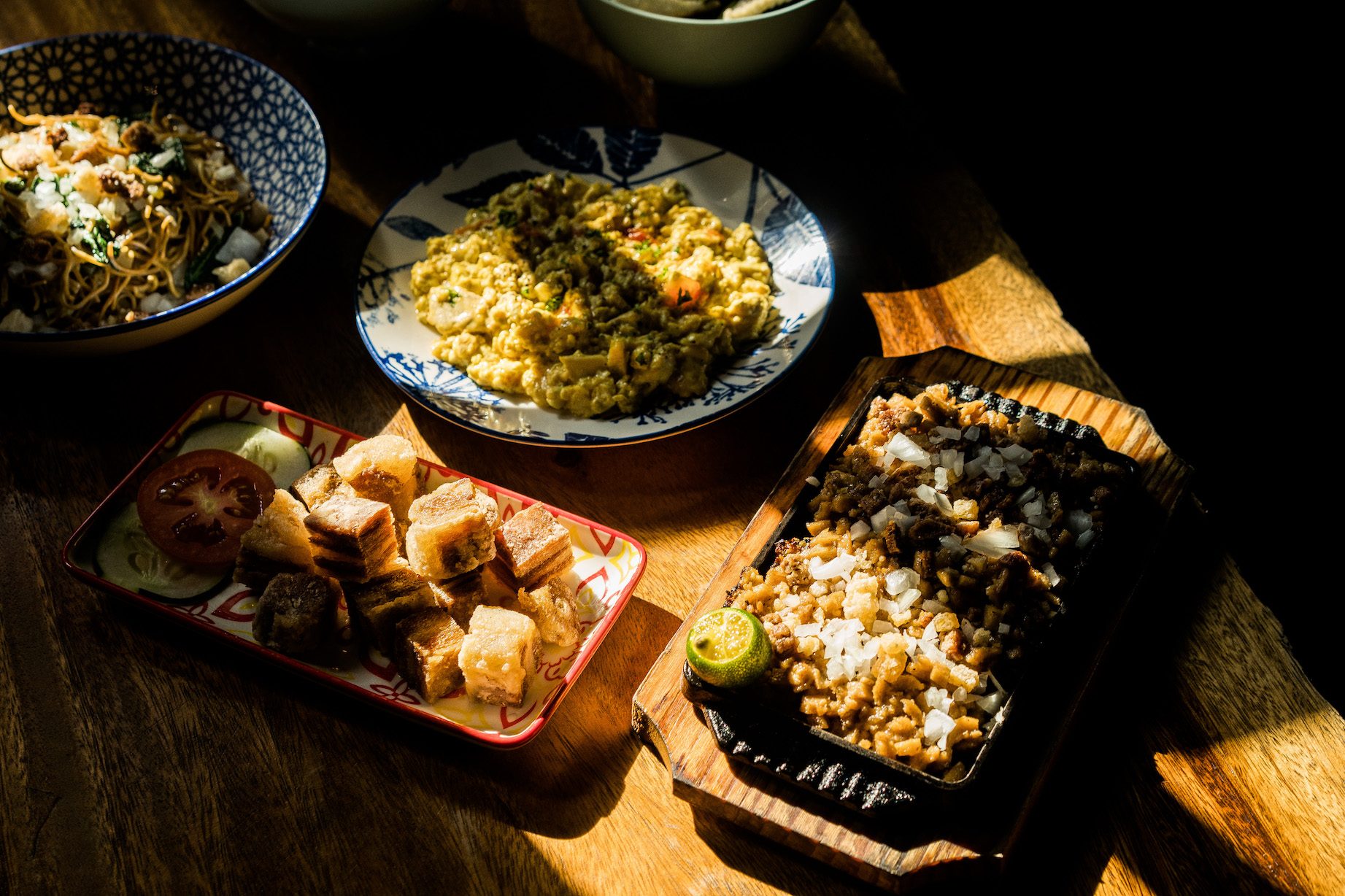
To RG Enriquez-Diez, who moved from the Philippines to the San Francisco Bay Area at age 15, that felt especially crucial when she first started considering veganism out of a concern for animal rights and personal health in college. She looked to Filipino food as a cure for homesickness – and the savory meals her mom cooked up invariably centered around meat.
“There was always an animal on the plate. It was almost unimaginable to have a completely vegan dish in our household,” she said. “I didn’t want to offend my parents, and I didn’t want to feel like I had to give up my culture.”
She started experimenting in the kitchen with meatless versions of tinola and munggo guisado, eventually enlisting her mom – who she found was much more supportive than she would’ve expected – to make sure she was getting the flavors right. Those experiments led to a blog, Astig Vegan, and eventually a cookbook, which Enriquez-Diez moved back to Manila to write and which she envisions as a “love letter to the Philippines.”
Writing a vegan cookbook out of love for a meat-adoring country might seem antithetical. But in the age of climate change, it makes sense: the Philippines is one of the most climate-vulnerable nations in the world, despite the fact that Filipinos have done remarkably little to contribute to the problem. Filipinos are already dealing with the climate crisis in the form of extreme heat, deadly super typhoons, sea level rise, and ocean acidification. Reducing meat consumption is one small part of a suite of solutions, since vegan and vegetarian diets have smaller carbon footprints and studies show that adopting plant-rich diets could help limit planetary warming.
Other reasons Filipinos go vegan include animal cruelty concerns, religious commitments, and health issues (heart disease is the leading cause of death in both the US and the Philippines, and eating more plants and less meat is recommended by many doctors to reduce risk).
Whichever of the many paths people take, it’s clear to Tita Soliongco, founder of Manila’s longest continually operating vegetarian establishment, The Vegetarian Kitchen, that Filipino meat-free diets are growing. When she started the restaurant out of her garage in Quezon City in 1989, people “didn’t even want to taste it,” she said. “Now they’re more open to it. And even if they’re not vegan or vegetarian, they still support it, which is really a long way from when I first started.”
Given how resistant the mainstream conversation both in the Philippines and Filipino diaspora has been to giving up meat, it’d be reasonable to assume that meat has always been a central part of Filipino cuisine. But the truth is not quite so simple, according to Quezon City-based food historian Felice Prudente Sta. Maria.
Pre-colonization, the main animals that Filipinos ate were fish and shellfish. Wild boar, jungle fowl, and deer were part of the diet too, with wild boar in particular holding cultural significance. But that was a special food rather than something eaten every day, said Sta. Maria, a “prestige meal” reserved for festivals or for the wealthy.
When the Spanish colonized the islands, they introduced beef. Later, during the time of American colonization, refrigeration made meat more commonplace, and Americans pushed meat and milk as part of a balanced diet. Though the American food agenda also had a strong “eat your vegetables” component, Sta. Maria said that as “meat became accessible, vegetables disappeared.”
That’s part of how Filipino food ended up in the place it is today, she said, where meat-heavy dishes far outweigh vegetable dishes.
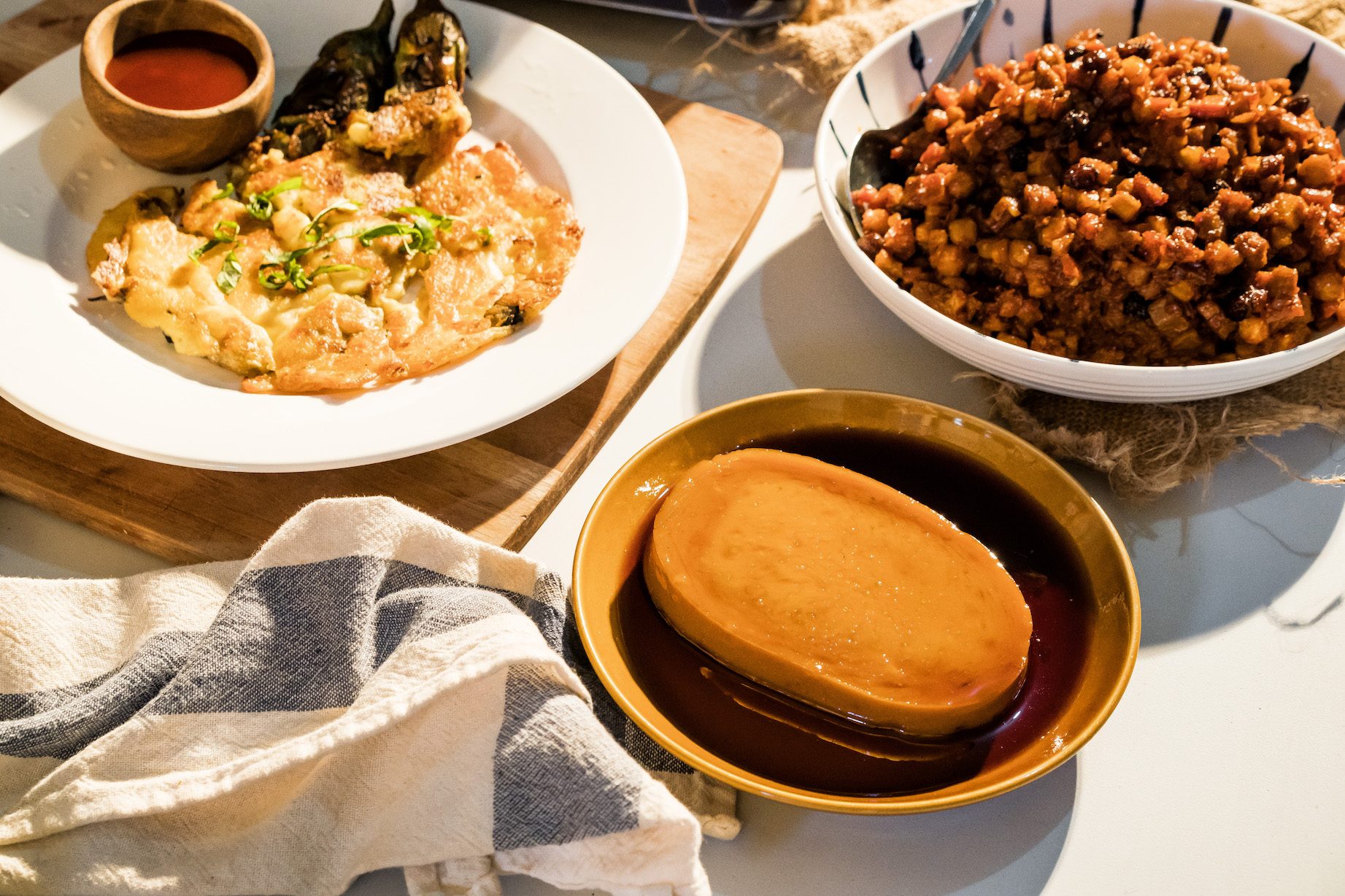
But the nation’s winding history is a good reminder that the Filipino diet hasn’t always been reliant on large quantities of meat – and that Filipinos have a long track record of incorporating outside influences into uniquely Filipino offerings, as evidenced by the Chinese, Spanish, and American influences that remain in Filipino cooking today.
So how do you create alluring Filipino food while nixing the pork fat, shrimp paste, and fish sauce that are so often used as flavorings?
At Cosmic, chef Rodel Guinto’s approach has been to make his own mock meats rather than buying them at the grocery store – an approach that Saulo said has also allowed the restaurant to keep prices accessible. To perfect her dishes, Enriquez-Diez has taken to experimenting with techniques from other cuisines – like the Chinese practice of freezing and thawing tofu before use to change its texture – and applying them to Filipino food.
And for Mary Dee Moralita, a vegan Filipino American chef who’s preparing to open a food truck in Pensacola, Florida, after years of success hosting vegan kamayan feasts in Las Vegas under the moniker OG Lola’s, it just means getting the right mix of distinctive flavors.
“We have a little bit of sweet, sour, umami, and fatty, and a lot of vinegar,” she said. “I use the same flavor palates and textures without the animal products.”
That’s not to say that every single food translates seamlessly. It took Moralita three years of experimenting before she finally landed on a passable substitute for dairy-heavy leche flan using agar-agar. Enriquez-Diez and Guinto both admitted that neither of them has quite figured out how to mimic the texture of fish.

But embarking on a journey to veganize Filipino food can lead to discovering meat-free dishes that are already part of the culinary landscape. I experienced this first hand a number of years ago while visiting the Iranun, an indigenous group living in Mindanao, who served kinilaw made with langka, or jackfruit, rather than fish. Moralita’s favorite examples of “accidentally vegan” Filipino foods are sweets like taho, cassava cake, and biko. Soliongco shouts out vegetable lumpia, and Enriquez-Diez loves kulawo, a dish made with banana blossoms or eggplant and smoky coconut milk.
As far as Diez-Enriquez is concerned, eating less meat doesn’t need to be antithetical to Filipino culture. Rather than distancing her from her heritage, giving up meat has helped her go deeper into the history and flavors of her favorite comfort foods.
“To anybody who thinks that it’s ironic or impossible to love Filipino food and be vegan, I’d say, it was actually because of becoming vegan that I love Filipino food more,” she said. “I’ve never felt more connected to my roots.” – Rappler.com
Whitney Bauck is an independent climate and environment reporter and a fellow at the Solutions Journalism Network. Whitney grew up in Manila, Philippines, and is currently based in Brooklyn, New York. This story was co-published with The Guardian with support from the Solutions Journalism Network.
Add a comment
How does this make you feel?
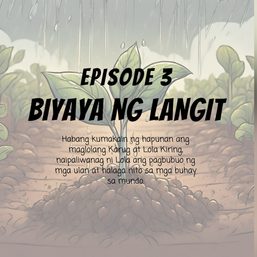
![[OPINION] In a changing climate, how do we ensure safety and health at work?](https://www.rappler.com/tachyon/2024/04/Climate-change-safety-workers-April-25-2024.jpg?resize=257%2C257&crop_strategy=attention)


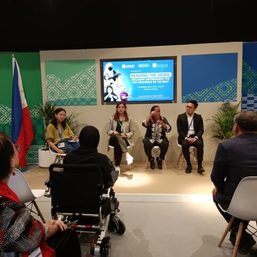

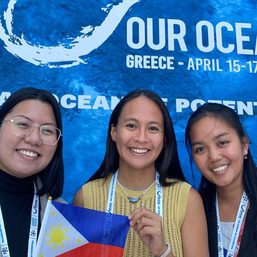
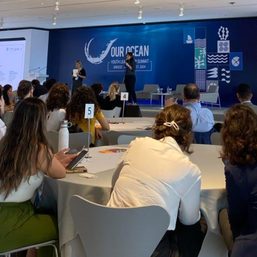

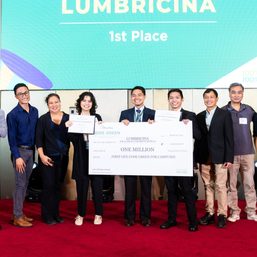

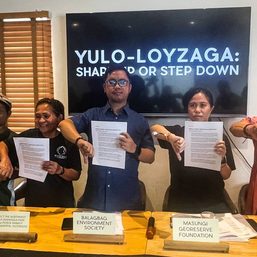


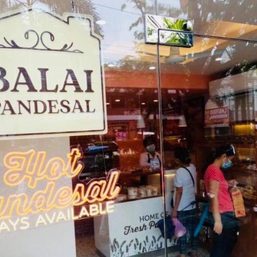
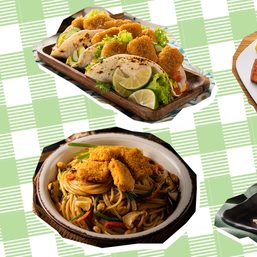
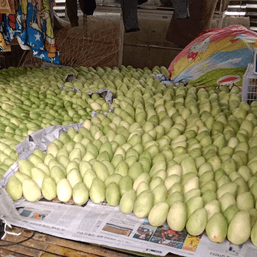
![[OPINYON] Takoyaki tattoo at ang business model ng pang-iinis](https://www.rappler.com/tachyon/2024/04/20240410-Takoyaki-tattoo.jpg?resize=257%2C257&crop_strategy=attention)

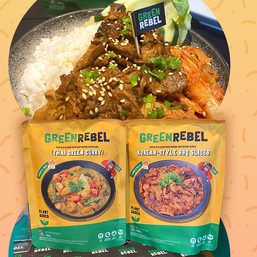

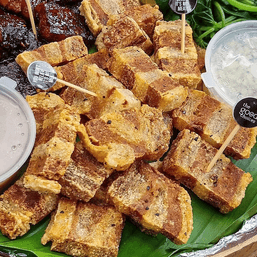
There are no comments yet. Add your comment to start the conversation.